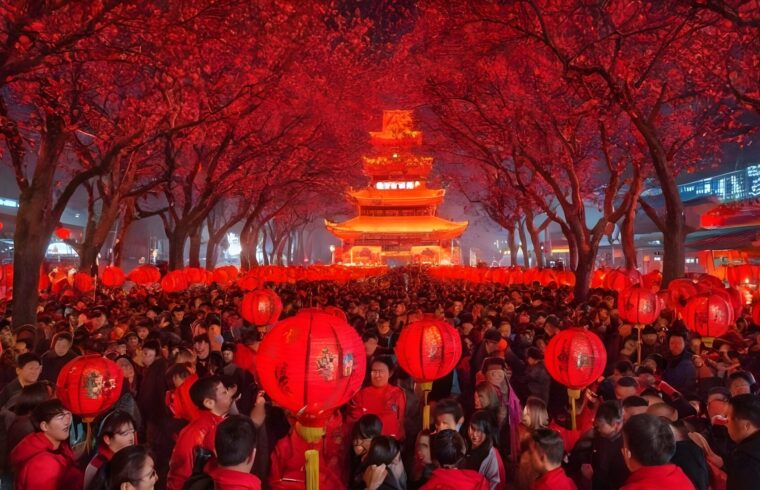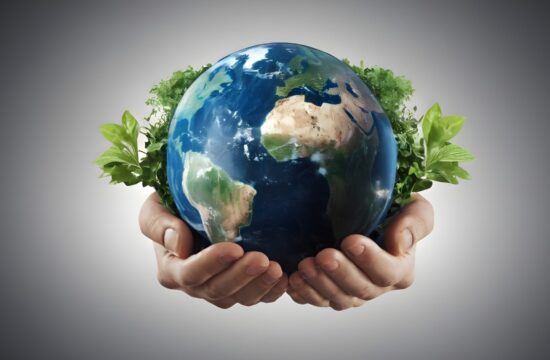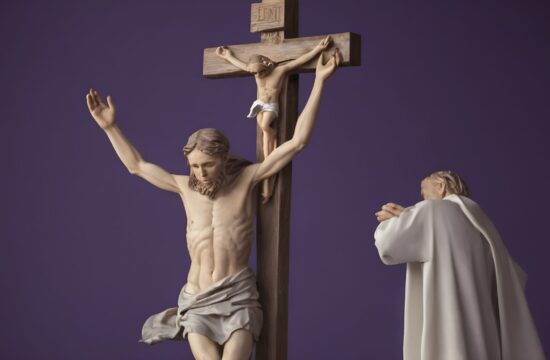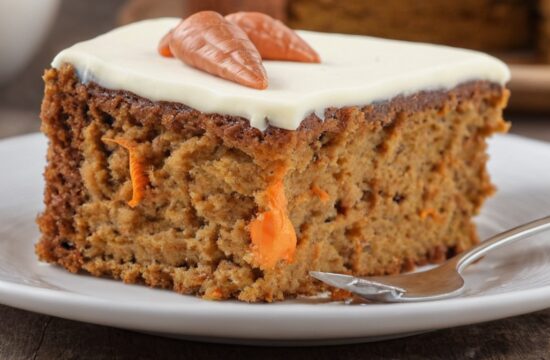Introduction
Celebrated under various names such as Lunar New Year, Spring Festival, and even Chinese New Year, is one of the most important and also widely celebrated festivals in Asia. This lively and celebratory day in which Asian people in different countries celebrate the first day of the lunar month in their own unique way is the beginning of the lunar year. The Lunar New Year is not just an opportunity for welcoming the spring but also the occasion of reunion of family members and community to uphold the traditional practice of worshiping ancestors and praying for the good luck for the coming year
Stars and Their Signs of Lunar New Year
The roots of Lunar New Year can be traced all way back to ancient China where it has an agrarian links and closely connected to the Lunar Calendar. Most of the Asian countries such as Vietnam, South Korea, Malaysia and Singapore have adopted this event, which has helped them to integrate their own cultures and traditions. Of the Lunar New Year, the date is mostly between 21 January and 20 February, depending on the lunar calendar. Varies the dates yearly.
The Lunar new year celebration is based on ancient culture and religion. This is the day of the celestial equinox which undoubtedly signals the end of winter and the coming of spring. This is the metaphor of life renewal that is used to describe the process of rebirth and new prosperity. It is the festival that is emphasized by a rich diversity of rituals, customs, and festivities and therefore – is the time of great fun and joy for millions of people all over Asia.

Tummies get topped up with hot soups and collagen-rich congee, and sweet treats of Tang Yuan symbolize a whole year of unity
Before the New Lunar Year lots of things should be done to welcome it. Families wash and scrub houses, and add decorative items in order to bring the good luck away, and let a new one in. Traditional symbols such as the red lanterns, paper cutouts, and the character “福” became a frequent decoration element.
foods take the central place in Lunar New Year Festivals. Family members join hands to cook special dishes with specific symbols of meanings like longevity noodles, dumpling and fish. The night before the new year’s, when the grand reunion evening is held, becomes the most joyful one, being spent with people of different generation celebrating the festive feast.
“[Hongbao] generally called red packets,” is another important Lunar New Year practice. Elderly give these red envelopes tied with money to younger family members, it means good luck, prosperity and ceremony prayers for the New Year.
Lunar New Year is a symbol of cultural heritage, as it includes a variety of traditions and activities
Unfortunately, Lunar New Year celebrations are usually associated with invigorating cultural performances of various magnitude. The dragons and lions dances where the drum beats and the colors combine to create intriguing sights in many Asian districts and communities. The streets the crowds fill in for street parades and fireworks while the numerous acts of music and dance representing the diversity of the Asian cultures.
Besides, many families visit the temples and graveyards of their ancestors to pay respects to their ancestors during the Lunar New Year and also to enjoy public events. This spiritual aspect of the festival is equivalent to a profound link to cultural heritage and the faith in theContinuity of the family traditions.
Different cultures in Asia have their own varied performances and activities for the Lunar New Year, but they are all marked by the animated celebrations and meaningful rituals. These cultural expressions make up the festivities while also promoting the people’s togetherness as a community. Below are some of the most celebrated cultural performances these days in the Lunar New Year:
Dragon and Lion Dances
- Dragon Dance: The stage is set for the dynamic event where performers don costumes resembling dragons and move around the stage with movements and steps the choreography demands. The dragon is an auspicious animal that is supposed to bring good luck and drive away the evil spirits.
- Lion Dance: This genre is represented by dancers wearing a lion costume where its movements are copied by the dancers. These dances are believed to give wealth and keep away from bad spirits. The lion can be arranged with watching the spectators, do acrobatic feats and swallow symbolic offerings.
Fireworks and Firecrackers
- The moonlit sky is illuminated with fireworks as well as firecrackers which symbolize the exit of evil spirits and the entrance of good luck. The noise that is meant to scare the negativity of the past year away is the loud noises.
Music and Dance Shows of Popular Culture
- Cultural performances such as traditional music and dance, as well as the performing arts in general, play a major role in revealing the diversity of Asian artistic expressions. Folk dances, classical assemblies, and classical music performed by traditional instruments create an integral part of the festive mood.
Street Parades
- Often the Lunar New Year festivities include street parades that are full of beautiful floats, traditional clothing, dances, and so on. During these processions groups such as community groups, schools, and cultural institutions contribute to the pageantry and pomp.
Temple Fairs
- The temples are very busy during the Spring Festival, where people tour the temples to make offerings, pray for blessings and enjoy numerous activities. The fairs that are other tradition related are also known to have traditional performances, games, and food stalls.
Lantern Festivals
- The lantern festivals at the later days during the lunar year celebrations are highlighted by the display of splendid and beautifully crafted lanterns. The lanterns come in different shapes and sizes, which may symbolize symbolic wishes for the year ahead.
Traditional Theatrical Performances
- In some culture, Lunar New Year has been related to traditional stage performances like Chinese opera or puppet shows. There are many arts and cultural events that usually narrate historical folktales during the celebrations.
Calligraphy and Crafts
- Craft shows and workshops are often held around the time of the lunar new year. Skilled calligraphers can be trained to create good ornamental phrases and symbols, while crafting activities can also be designed for non-expert individuals such as paper cutting and other creative works.
Family Reunion Dinners
- Although not a usual one, the family gather and get together on the eve of the Lunar New Year is the key activity. The families come together to enjoy the special meal. The unity among the families is also enhanced.
The traditional dances and games that are exhibited during the Lunar New Year Festival is not only to entertain but it also a way of preserving cultural heritage and handing the traditions from the older generation to the younger one. The mixture of symbolic rites, artistic acts, and social meetings creates a lively and meaningful atmosphere during this celebrate celebration.
Conclusion
Lunar New Year is a symbol which helps us to celebrate our shared roots and cultural diversity throughout the globe. The festival is a period where people rejoice, reflect, and hope as they gather to welcome lunar new year. Reflecting the essence of unity, renewal, and hope, Lunar New Year goes beyond the dragon dances, the sumptuous food and the customary well-wishers to symbolize a community coming together as one!









